
If your dog regularly growls, snaps, or bites, you might have a behavioral problem of aggression on your hands. Aggression is one of the top reasons dog owners seek the help of a professional dog trainer or animal behaviorist. And it's not just larger dogs and so-called "dangerous breeds" that are prone to aggression; any breed is capable of becoming aggressive under the right circumstances.
Although aggression can't be cured overnight, there are steps you can take to curb aggressive behavior and help your dog remain calm.
Aggressive behavior in a dog refers to any behavior connected with an attack or an impending attack. This includes becoming still and rigid, growling, snarling, baring teeth, lunging, and nipping or biting.
Your first step toward stopping this behavior is to figure out what is causing your dog's aggression. Some dogs growl as someone approaches them while they're eating or chewing a bone, for instance. Others react aggressively toward children or strangers.
The aggression doesn't have to be directed toward a person either. Some dogs become aggressive around other animals, only specific animals (cats but not other dogs), or toward inanimate objects, such as wheels on vehicles or yard equipment.
The key thing to keep in mind is that you can't come up with a plan to modify your dog's behavior until you know the reason behind it. The most common types of dog aggression include:
Any dog can pick up aggressive behavior, and it's important to track a pattern of warning signs, like:
Not all dogs who exhibit this behavior are generally aggressive—many of these warning signs are also an indication of anxiety or fear.
Make a note of when your dog becomes aggressive and the circumstances surrounding the behavior. This will play an important part in determining your next step. It is essential to deal with the underlying cause of the aggression. The behavior is just a symptom of an underlying problem. There are a number of ways you can manage the hostility and help your dog remain calm. It will take time, consistency, and possibly the help of a professional.
Dogs that aren't normally aggressive but suddenly develop aggressive behaviors might have an underlying medical problem. Health problems that may cause aggression include hypothyroidism, painful injuries, and neurological problems such as encephalitis, epilepsy, and brain tumors.
Talk to your veterinarian to determine whether this is the case with your dog. Treatment or medication may make big improvements in your dog's behavior.
If your vet has ruled out a medical problem, it's time to call in a professional dog trainer or animal behaviorist. Because aggression is such a serious problem, you shouldn't attempt to fix it on your own. A professional can help you figure out what's causing your dog's aggression and create a plan to manage it.
To find a professional dog trainer or behaviorist, ask your veterinarian for a referral or contact the Association of Professional Dog Trainers.
A behaviorist or trainer can help you figure out the best approach for managing your dog's aggression. In most cases, you'll use positive reinforcement to teach your dog new behaviors.
For example, if your dog is mildly aggressive toward strangers, start off by standing far away from someone your dog doesn't know. You should be far enough away so that your dog doesn't start to growl or snap. Then, reward with lots of treats and praise as you gradually decrease the distance between your dog and the stranger, continuing to use positive reinforcement.
Ideally, your dog will begin to learn that strangers equal treats and you'll see a reduction in its aggression. This same procedure can work for getting your dog used to a variety of other situations.
Punishing your dog for aggressive behavior usually backfires and can escalate the aggression. If you respond to a growling dog by hitting, yelling, or using some other aversive method, the dog may feel the need to defend itself by biting you.
Punishment may also lead to your dog biting someone else without warning. For example, a dog that growls at children is letting you know that he is uncomfortable around them. If you punish a dog for growling, he may not warn you the next time he gets uncomfortable, but may simply bite.
In some instances, training alone is not enough. Dogs that are aggressive may also need medication to help manage the problem. It's important to understand that a dog experiencing fear, stress, or anxiety is incapable of learning new things. Think of medication as a tool to help your dog overcome this fear. Many dogs will only need medication temporarily. Talk to your veterinarian about your options.
Finally, you need to consider whether your lifestyle allows you to stick with a plan. For instance, if you have a dog that acts aggressively toward children and you have kids, it's nearly impossible to avoid the situation that brings out the aggression. In this case, the best option for you and your dog may be finding it a new home with adults only.

Exploring the Different Types of Pet-Friendly Beaches
Are you looking for pet-friendly beaches? Learn about the different types of pet-friendly beaches, their locations, and tips for visiting them with your pet.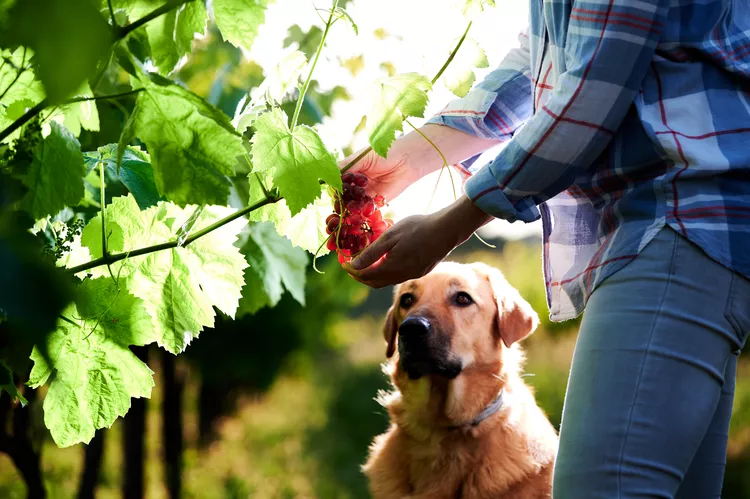
Exploring Pet-Friendly Wineries: Types, Locations, and More
Discover the different types of pet-friendly wineries, where to find them, and what to expect when you visit. Learn more with The Spruce Pets.
Why Is My Dog’s Eye Swollen?
If your dog's eye is swollen, she may need veterinary attention. The inflammation could be caused by allergies, an injury, or even a tumor.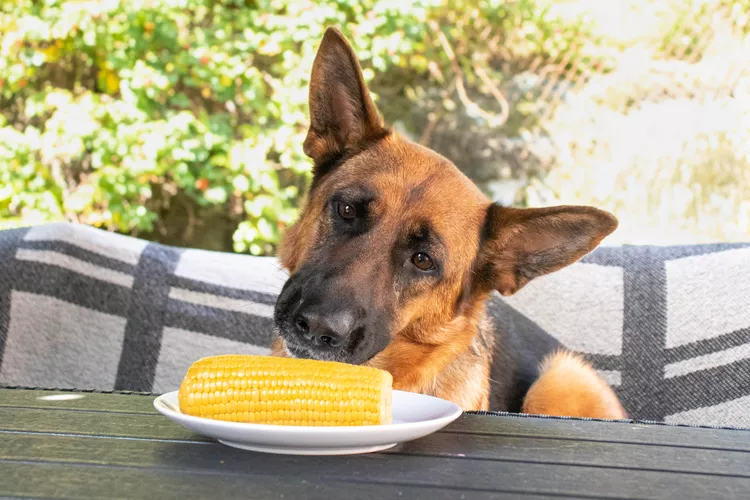
Can Dogs Eat Corn on the Cob?
Dogs love chewing on corn cobs, but this can cause serious harm. Learn about the dangers of corn cobs and find out what to do if your dog eats one.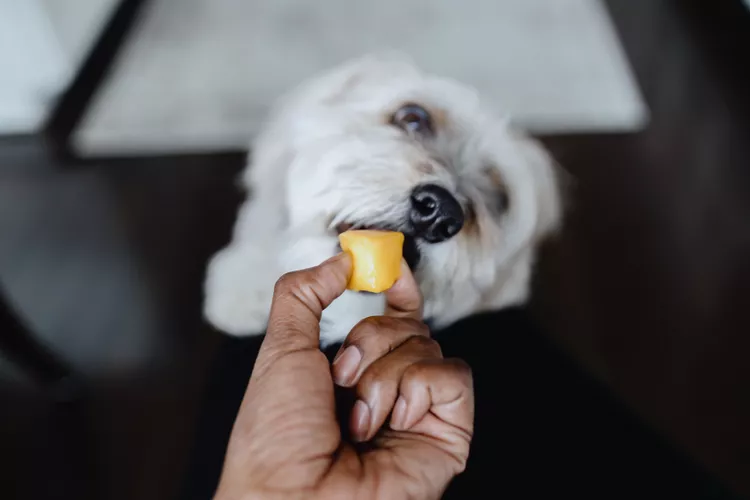
Can Dogs Eat Papaya? What to Know About Sharing This Tropical Fruit With Your Pup
Papaya is safe for dogs in moderation, and it can even provide some nutritional value for them. However, too much can cause digestive upset, and it's not suitable to share with dogs with certain health conditions.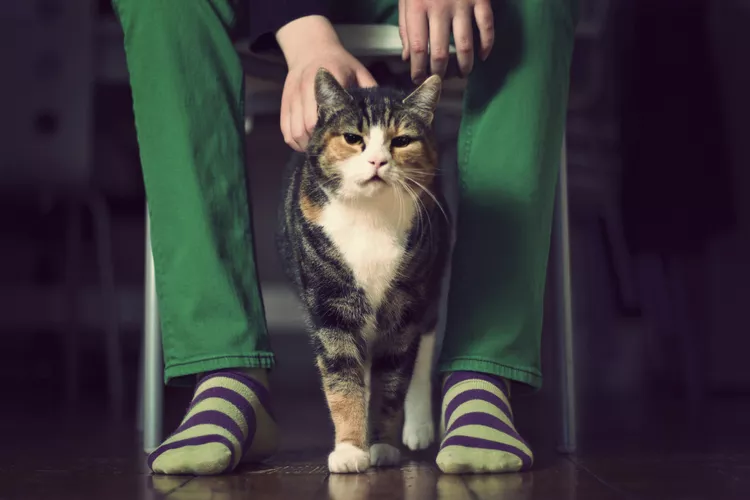
65 Irish Cat Names
Irish cat names can pay homage to historical places, local cuisine, famous Irish actors and musicians, or other wonderful aspects of the Emerald Isle.
Feline Hyperesthesia Syndrome (FHS) in Cats
Rippling skin is more than dermal sensitivity in cats. It can be a sign of Feline Hyperesthesia Syndrome. Learn the causes, treatment, and prevention.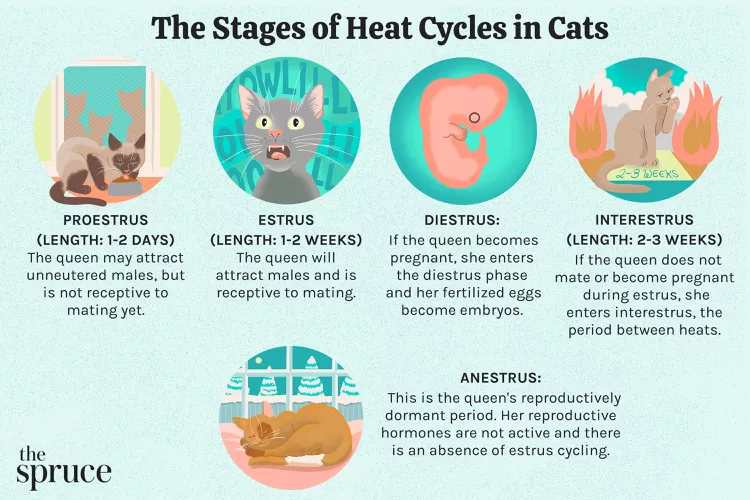
How Long Are Cats in Heat?
How long are cats in heat? Learn about the heat cycles of cats, also called estrus, as well as the reasons you should spay your cat.
Can Dogs Eat Raw Chicken Feet?
What are the potential health benefits of chicken feet for dogs? What are the risks?
Is Eucalyptus Safe for Cats?
Many products containing eucalyptus are not safe for cats, and it is important to be aware of the risks to your cat.
What You Need to Know About Homemade Cat Food
If you want to cook for your cat, make sure to read about the risks associated with homemade diets for cats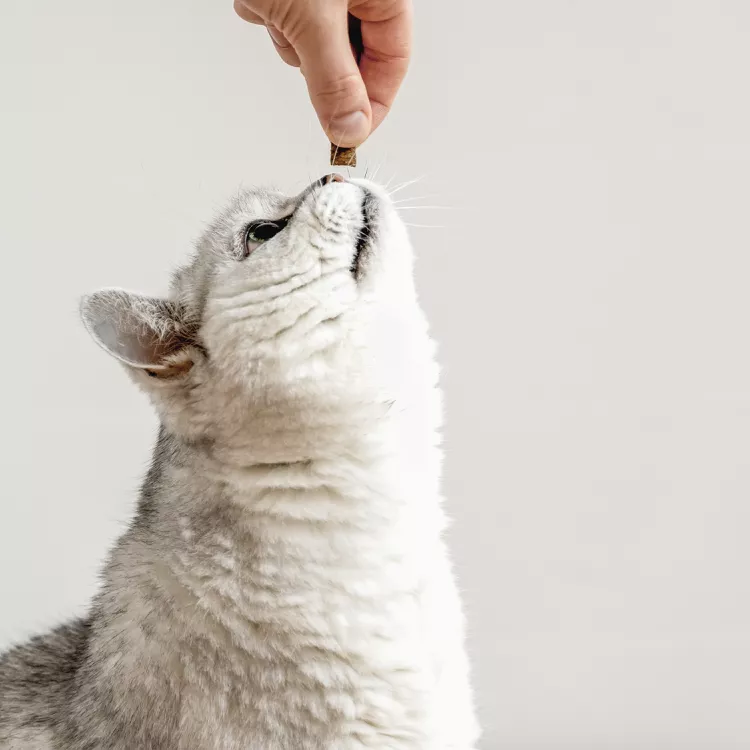
Can Cats Eat Peanut Butter?
Peanut butter is not toxic to cats, but it might not be the best choice of treat for them.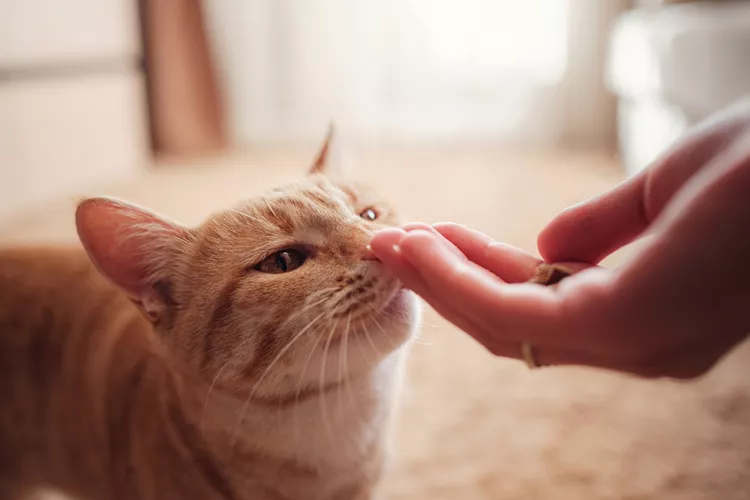
Can Cats Eat Cheese?
Can cats eat cheese? Is it healthy for them? How much can they eat and what should you do if you fear your cat has eaten too much cheese?
8 Flat-Faced Cats with the Cutest Smooshed Faces
These flat-faced cat breeds have a distinct and adorable appearance. Learn about their origins and traits, and the potential health risks tied to their unique facial structures.
Pictures and Facts About Bengal Cats and Kittens
Bengal cats are a cross between wild cats and domestic cats. Learn more about what they look like and pictures of this beautiful spotted breed.
Top 10 Big House Cats
Larger cat breeds, like Maine coons and savannahs, deserve just as much love as their petite counterparts. These big house cats tip the scales.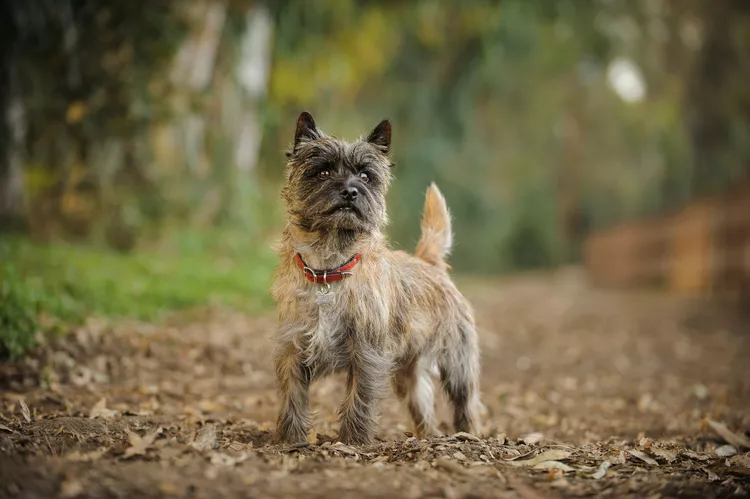
Cairn Terrier: Dog Breed Characteristics & Care
The cairn terrier is a spunky, affectionate, and intelligent dog from Scotland. The breed became famous when one played Toto in The Wizard of Oz. Learn about the temperament, history, health, and care needs of the cairn terrier dog breed.
Reasons Why Dogs Grind Their Teeth
Some dogs grind their teeth. Learn why dogs grind their teeth and if it can be harmful. Find out what to do about teeth grinding in dogs.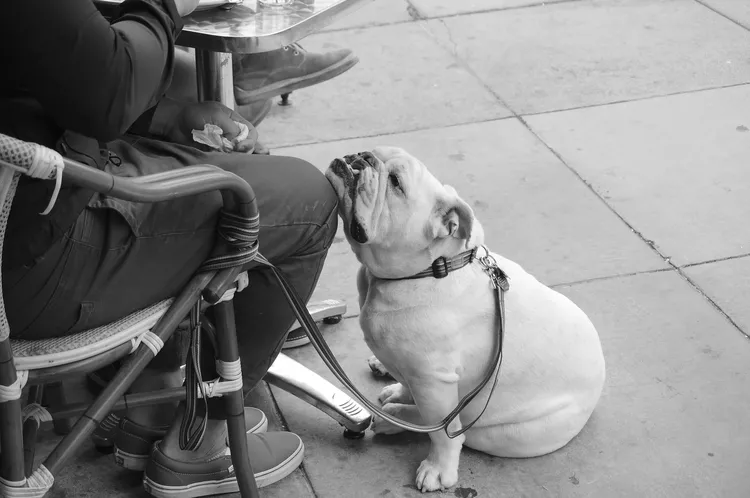
This Is Why Some Dogs Lean on People
Certain dogs really love leaning on their humans. What does this mean? Find out why dogs lean on people and if this is ever a problem.
Can Dogs Get Depression? How to Help Your Sad Dog
Can dogs get depression? Learn about the signs of depression in dogs and find out how to help your sad dog.